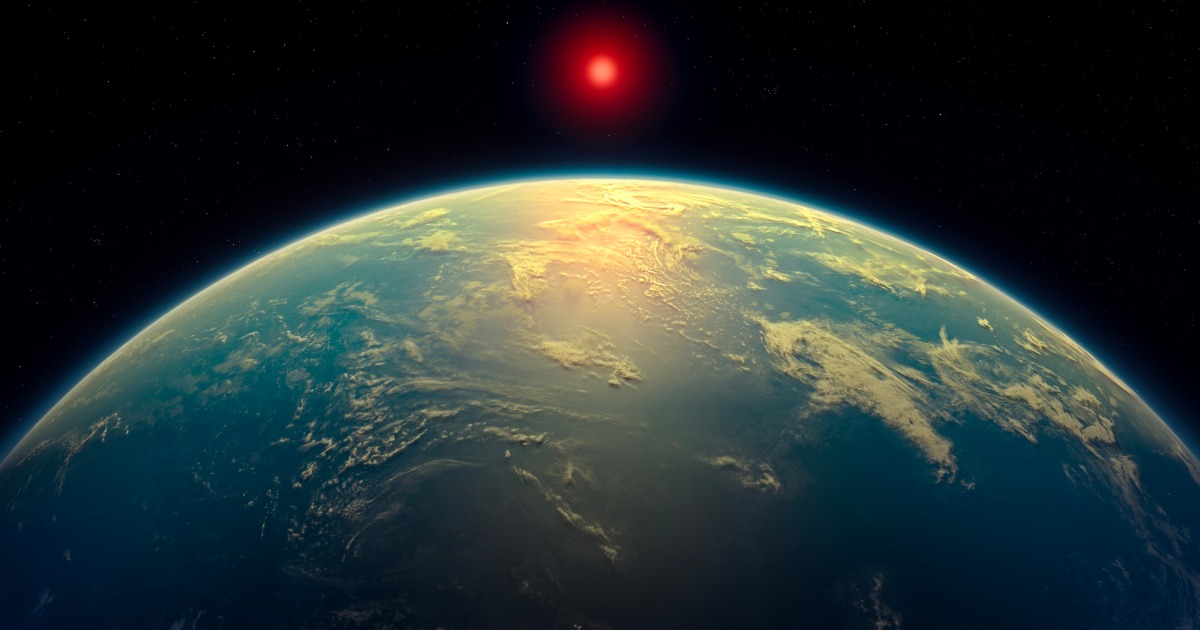
Cepheids
Cepheids are a type of variable star that pulsates radially, varying in both temperature and diameter to produce brightness changes with a well-defined stable period and amplitude. They are important distance indicators in astronomy, particularly in the measurement of distances to galaxies and the expansion rate of the universe. Cepheids are used as standard candles to determine the luminosity of a star, which can then be used to calculate its distance from Earth. The period-luminosity relationship for Cepheids was discovered by Henrietta Swan Leavitt in 1912, and this relationship is still used today to measure distances to galaxies within the Local Group and beyond.
Your Previous Searches
Random Picks
- Correlation: Correlation is a statistical measure that indicates the extent to which two or more variables are related to each other. In space and astronautical engineering, correlation is often used to analyze the relationship between different paramet ... Read More >>
- Spiral Galaxy: A spiral galaxy is a type of galaxy characterized by a central bulge surrounded by a flat, rotating disk of stars and interstellar matter, with arms that spiral outward from the center. These arms contain young, hot stars, as well as gas an ... Read More >>
- Safety Risk Management: In the context of aerospace engineering, Safety Risk Management (SRM) is a systematic approach to managing safety, including the necessary organizational structures, accountabilities, policies, and procedures. It involves identifying and as ... Read More >>
Top News

This week on "Sunday Morning" (April 20)...
A look at the features for this week's broadcast of the Emmy-winning program, hosted by Jane Pauley....
News Source: CBS News on 2025-04-17

Scientists detect strongest hints yet of life on a distant planet...
Scientists have detected unique chemical patterns similar to those produced by the Earth's algae and seaweed — raising the possibility of the presence of a warm ocean, perhaps teeming with life, on ...
News Source: NBC News on 2025-04-17

Is there life on another planet? Scientists find the strongest evidence yet...
Near a planet far, far away astronomers have found traces of chemicals that on Earth are only produced by living beings....
News Source: Al Jazeera English on 2025-04-17

Scientists find strongest evidence yet of life on an alien planet | CNN...
In a potential landmark discovery, scientists using the James Webb Space Telescope have obtained what they call the strongest signs yet of possible life beyond our solar system, detecting in an alien ...
News Source: CNN on 2025-04-17
Katy Perry's trip to space wasn't inspirational. It was tone-deaf marketing....
Katy Perry indulged in a space tourism trip Monday, courtesy of Jeff Bezos' company. It's the latest in a long line of missteps for the singer....
News Source: Business Insider on 2025-04-14